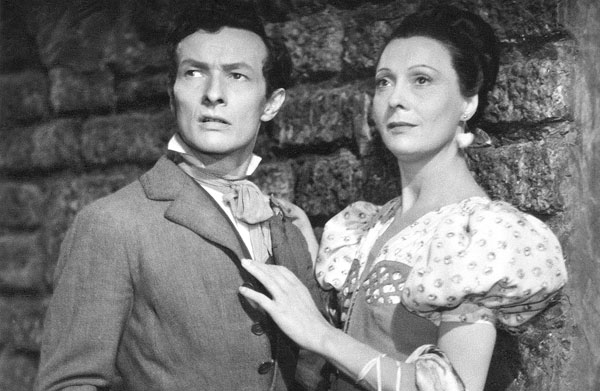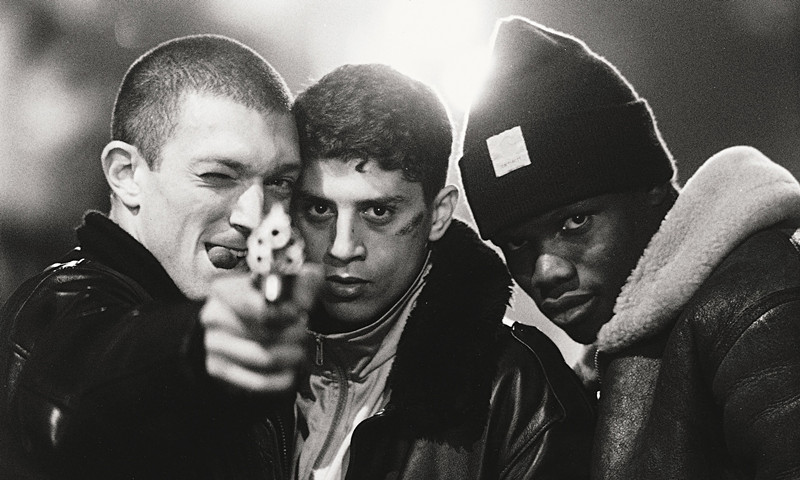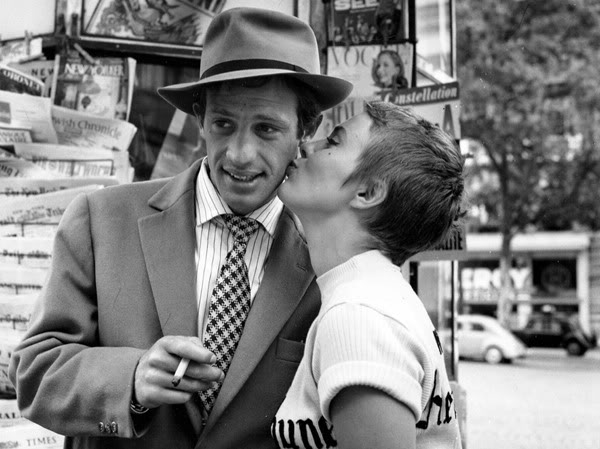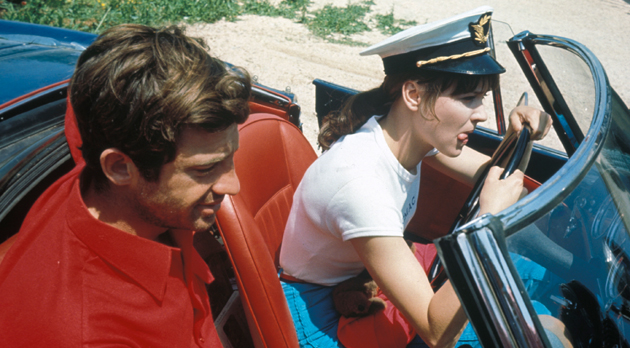5. Children of Paradise

What’s widely regarded as the French counterpart to Gone with the Wind, Children of Paradise has proven to be as overwhelming and grandiose as its spiritual predecessor. Almost every element constituting the film is a monumental achievement, from its turbulent conception, to the large scale sets, to the grandiose story, to the diverse cast of characters, Children of Paradise is truly a remarkable piece of art. And a remarkably underrated one at that.
The grandiloquent portrait of love painted by Marcel Carne is one that, at a glance, in perhaps the first half of the film, seemed overtly corrupted by heavy elements of melodrama. However, as the sequence of events build, as the myriad of characters grow, each representing a facet of society a la Renoir’s Rules of the Game, all conceived against the mystical backdrop of theatrical play – a recurring motif explored exhaustively to great effect by Carne, the brilliance of the film’s complexity exudes.
So what if the film is essentially just a 3-hour self-indulgent melodrama masquerading as poetic realist art? It may not be as structurally and philosophically significant as other films of similar caliber, but the examination of love and art, of class and the self, is so incredibly intricate that even if the craft appears dated by today’s standards, even if you’re personally unconvinced by any element of the film, it is certainly something to revere. Something to marvel at considering its scale and how well it presents it even despite the circumstances working against the filmmakers.
4. La Haine

The films on this list so far, regardless of content, has always in some way, stylized the image of France and its identity. Mathieu Kassovitz’s La Haine offers a much different approach to France, focusing entirely on the events of a single day surrounding a group of marginalized youth in the ghettos of Paris.
Though the film certainly isn’t “ugly” in the traditional sense, and is still a heavily stylized work of art, the image of France it paints is an extremely negative one. It screams at us with the same energy as Godard did a third of a century prior with his work. This is a slice-of-life film that’s anything but tranquil. It forces us to pay attention to those we neglect and questions the very idea of violence and how it affects the different demographics that constitute our youth.
La Haine, as the title literally suggests, presents a story of hate. A story of hate that’s genuine and scarily beautiful, complete with an unforgettable cast of characters and helmed by an incredibly talented filmmaker that truly makes it a film deserving of all the underground and mainstream acclaim it got.
3. Breathless

If the denizens of the French New Wave are considered to be radicals, Jean-Luc Godard is the biggest terrorist of them all. His most revered work, the 1960 masterpiece Breathless, is still studied today for its revolutionary use of the jump cut. The infamous car scene where Jean-Paul Belmondo drives Jean Seberg while making comments on her beauty is still being studied in film classes today. With that being said, there’s so much more to Breathless than just simply that.
It examines the idea of detachment and completely romanticizes the idea, years before the great counter-culture films of America, embracing taboo subjects of nihilism, crime and narcissism, so much so that these notions are embedded deep within the filmmaking itself. It’s a film both meticulous and spontaneous, reflecting the zeitgeist in a very unique way.
Breathless is an ode to the disillusioned youth, years before they truly had the voice that they deserved. The techniques utilized in the film may not be as revolutionary today as they were half a century ago, but Godard’s magnum opus as a whole, still holds up. There’s a reason why Breathless is one of the first films that come to mind when the subject of the Nouvelle Vague comes up.
2. Amelie

There’s a dreamlike quality to the films of Jean-Pierre Jeunet. His incredible use of color and command of the camera is so incredibly reminiscent of the likes of Wes Anderson or Tim Burton, yet with his quirky presentation of events, Jeunet retains an undeniable uniqueness.
His most famous work, Amelie, paints the city of Paris with such beauty that quite frankly has never before been seen in the world of cinema. Jeunet’s approach to storytelling truly gives substance to the style of this masterpiece of French Cinema, brilliantly presenting the adventures of a pleasant Parisian girl played by the mystifying Audrey Tatou in the career-defining performance of the titular Amelie.
Mathieu Kassovitz stars alongside Tatou as her equally quirky love interest, providing such an enjoyable performance that you can’t help but to forget that this is the same man who directed La Haine.
Though Amelie may not tell a story that’s profound or even original for that matter, and it certainly lacks any lasting emotional impact. The overall “feel-good” mood it perpetuates alongside the breathtaking portrayal of an already breathtaking city is enough for it to earn the runner-up position on this list.
1. Pierrot le Fou

You don’t strictly speaking have to understand Pierrot le Fou in order to enjoy it. You don’t even have to care much for the lines of dialogue spoken to care for the film as a whole. It may be a tonally inconsistent, pretentious and incoherent hot mess. But it is beautiful. It contains beauty far exceeding its already spellbinding visuals, beauty from its very essence.
Much like the rest of Godard’s avant-garde oeuvre, Pierrot le Fou’s enticing logline isn’t one that explicitly delivers on what it promises. Mood and feel take major precedence over any semblance of a plot. The grandiose hedonistic endeavors of our protagonists seem more akin to a montage, a cacophony of contrasting ideas and vignettes, as opposed to an epic odyssey screaming notions of love and escapism.
The emotion resulting from this experimental experience is something exquisitely alluring. It presents the idea of love and life in the freest and most exuberant form it can possibly exist in the medium of screen, sensationalizing the banal, stylizing the mundane. Creating a love story between two immature youths on a futile quest to find themselves.
If you were to go as far as to meticulously dissect any of Godard’s works, you would lose its purpose in the pursuit of finding one. Meaning pales in the face of feeling. So just shut down your brain and think with your heart and marvel at this singular experience, molded into absolute perfection by a man with a complete understanding of cinema and how exactly to manipulate its form.